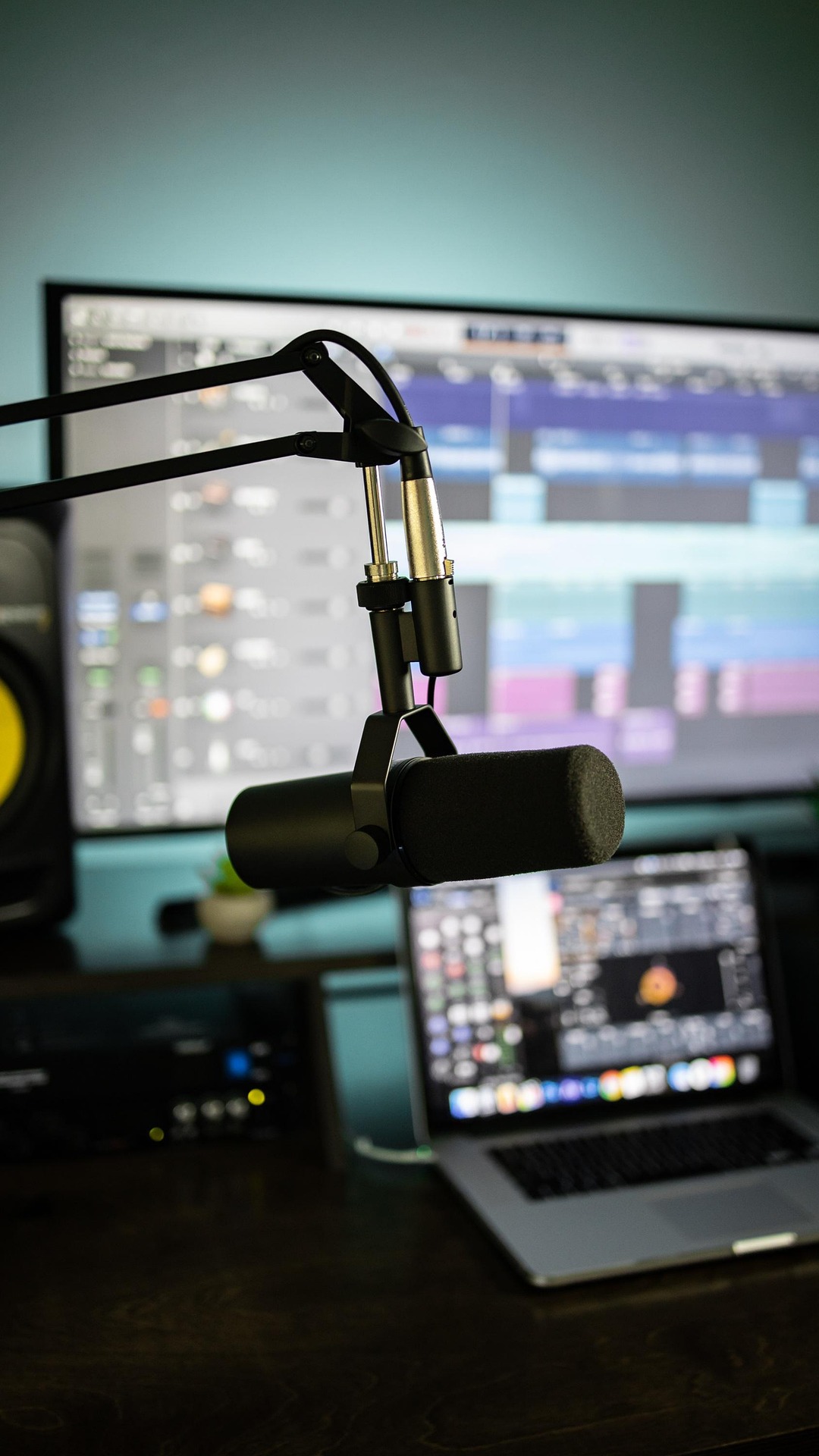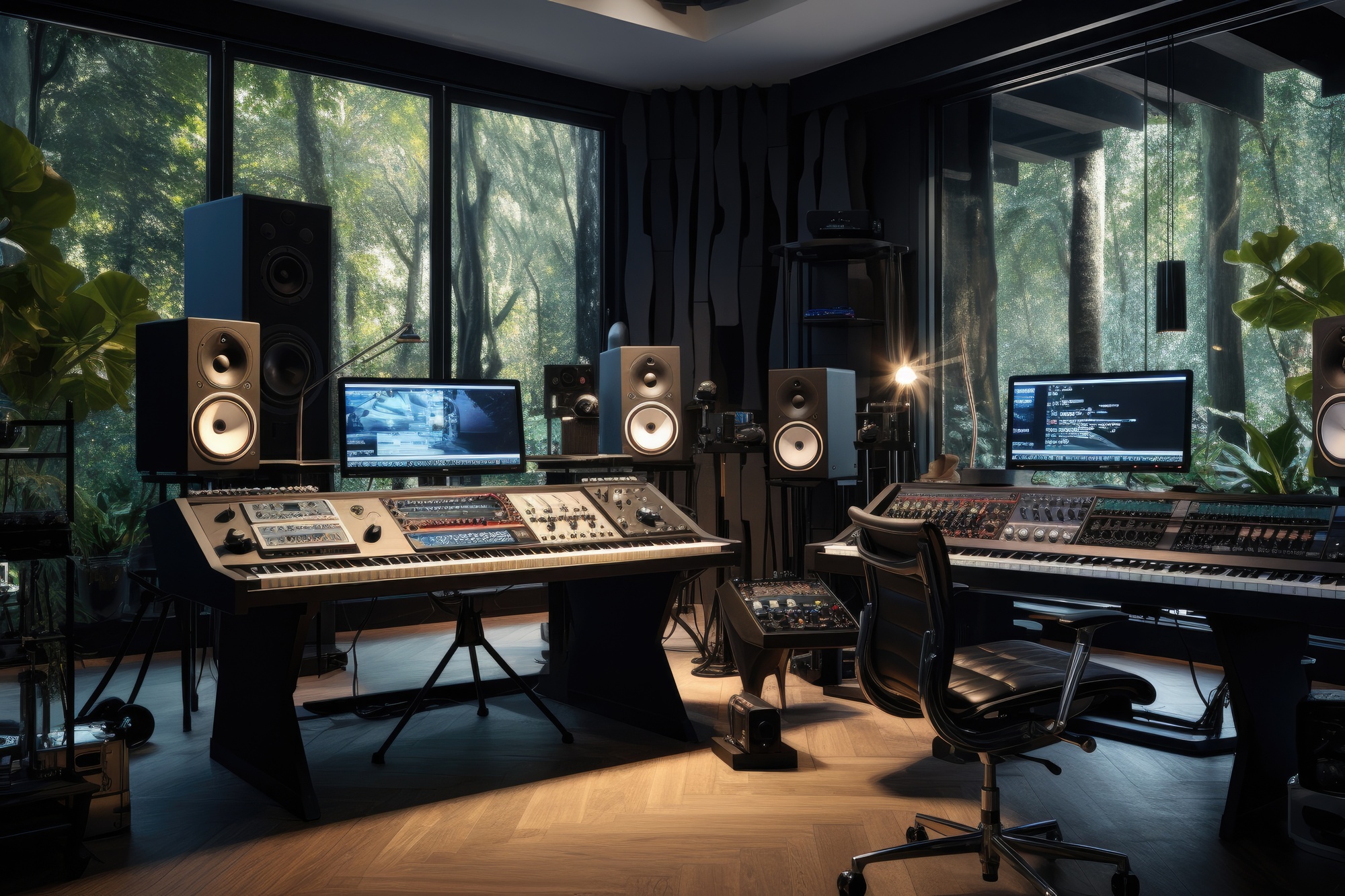Introduction
Vocals are often the centerpiece of a song, carrying the melody, lyrics, and emotional impact. Yet, mixing vocals effectively remains one of the most challenging aspects of music production. In this comprehensive guide, I'll share professional techniques for achieving crystal clear vocal mixes that sit perfectly in your tracks.
Throughout my career, I've mixed vocals for various genres, from intimate folk recordings to aggressive rock and electronic productions. While each genre has its specific requirements, the fundamental principles of great vocal mixing remain consistent. This article will walk you through these principles and provide practical techniques you can apply immediately.
Starting with the Source
The quality of your final vocal mix is heavily dependent on the quality of your source recording. Here are key considerations for capturing great vocals:
- Microphone Selection: Choose a microphone that complements the vocalist's voice. Generally, large-diaphragm condensers work well for most vocals, but don't rule out dynamic mics for certain voices or styles
- Room Treatment: Record in a well-treated space to minimize unwanted reflections. If professional acoustic treatment isn't available, improvise with blankets, mattresses, or portable vocal booths
- Performance: Capture an emotionally compelling performance. Technical perfection means little if the performance lacks feeling
- Multiple Takes: Record several takes to give yourself options during editing
Remember that no amount of mixing wizardry can fully compensate for a poor recording. Invest time in getting the best possible source material.
Vocal Editing: The Foundation of a Great Mix
Before applying any processing, proper editing is essential:

Vocal Editing: The Foundation of a Great Mix
- Comping: Create a composite track from the best sections of multiple takes
- Timing Adjustments: Subtly align phrases that may be rushing or dragging
- Pitch Correction: Apply gentle pitch correction where needed, while preserving the natural character of the voice
- Breath Control: Decide which breaths to keep, reduce, or remove entirely based on the emotional context
- Clip Gain: Adjust the volume of individual phrases or words to create a more consistent performance before applying compression
The goal of editing is not to create a robotic, perfect vocal, but rather to remove distractions while preserving the humanity and emotion of the performance.
Essential Processing Chain
While there's no one-size-fits-all approach to vocal processing, here's a typical signal chain that works well as a starting point:
- High-Pass Filter: Remove unnecessary low frequencies (typically below 80-100Hz)
- De-essing: Tame harsh sibilance before compression
- Compression: Control dynamics and add character
- EQ: Shape the tonal balance
- Saturation: Add warmth and harmonics
- Delay and Reverb: Create space and dimension
Let's explore each of these elements in detail.
EQ Techniques for Clarity and Presence
Effective EQ is crucial for achieving clear, present vocals that cut through the mix:
- Subtractive EQ First: Identify and cut problematic frequencies before boosting anything
- Common Problem Areas:
- 200-300Hz: Can sound boxy or muddy
- 400-600Hz: Often adds nasal qualities
- 2-5kHz: Can sound harsh or strident in excess
- 5-8kHz: Sibilance region
- Enhancement Regions:
- 100-200Hz: Adds warmth and body
- 3-5kHz: Increases intelligibility
- 7-12kHz: Adds air and brightness
- Dynamic EQ: Consider using dynamic EQ to address problems that only occur at certain volumes or in specific phrases
Remember that every voice is unique, so use these guidelines as starting points rather than rigid rules. Always trust your ears over frequency charts.
Compression: Beyond Level Control
Compression is more than just controlling dynamics; it's a creative tool that shapes the character of vocals:
- Serial Compression: Use multiple compressors in series, each doing a little work, rather than one compressor doing all the heavy lifting
- Compressor Types:
- FET compressors (like the 1176): Great for adding aggression and excitement
- Optical compressors (like the LA-2A): Excellent for smooth, transparent compression
- VCA compressors: Versatile and precise
- Parallel Compression: Blend a heavily compressed copy with the original for control without sacrificing dynamics
- Automation: Don't rely solely on compression - use volume automation to address major level issues
A good starting point for vocal compression might be a ratio of 3:1 or 4:1, with a medium attack (5-10ms) and a release that follows the rhythm of the song.
De-essing Strategies
Controlling sibilance is crucial for comfortable listening:
- Frequency-Specific: Target only the problematic frequencies (usually between 5-8kHz, but can vary by voice)
- Multiple De-essers: Consider using multiple de-essers with gentle settings rather than one aggressive de-esser
- Manual De-essing: For problem areas, automate EQ cuts or use clip gain reduction on specific sibilant sounds
- Context Matters: Set your de-esser while listening to the full mix, not just the isolated vocal
Be careful not to over-de-ess, as this can result in lispy vocals that sound unnatural.
Creating Depth with Time-Based Effects
Reverb and delay add dimension to vocals, helping them sit in the mix:
- Pre-delay: Use 20-40ms of pre-delay on reverbs to maintain clarity while adding space
- Multiple Reverbs: Consider using different reverbs for different purposes:
- Short room reverb for adding body
- Plate or hall reverb for sustain and atmosphere
- Delay Types:
- Slap delay (80-120ms) for adding thickness without obvious echoes
- Rhythmic delays (synchronized to tempo) for musical effects
- Stereo ping-pong delays for width
- Filtering Effects: High-pass and low-pass your reverb and delay returns to prevent muddiness
Always send to time-based effects rather than inserting them directly on vocal tracks. This gives you more control over the wet/dry balance.
Advanced Techniques for Professional Results
Once you've mastered the basics, these advanced techniques can elevate your vocal mixes:
- Multiband Processing: Use multiband compression or dynamic EQ to address specific frequency ranges independently
- Harmonic Enhancement: Add subtle saturation or excitation to bring out upper harmonics and add warmth
- Stereo Widening: Create width on background vocals or doubles while keeping lead vocals centered
- Automated Effects: Automate reverb and delay sends to increase effect amounts during specific phrases or at the ends of lines
- Micro-pitch Shifting: Add subtle pitch-shifted layers (+/- 5-15 cents) to thicken vocals without obvious doubling
These techniques should be applied subtly - the goal is enhancement that doesn't draw attention to the processing itself.
Vocal Mixing in Context
Always remember that vocal mixing isn't about making the vocal sound amazing in solo, but rather making it work perfectly in the context of the full mix:
- Carve Space: Use EQ to create space for the vocals in competing instruments
- Sidechain: Consider subtle sidechaining of elements like pads or guitars to duck slightly when the vocal is present
- Contrast: Create dynamic contrast between sections by varying the vocal treatment
- Automation: Use detailed automation to keep vocals at the right level throughout the song
Regularly toggle between listening to the isolated vocal and the full mix to ensure your processing decisions work in context.
Genre-Specific Considerations
Different genres have different vocal mixing conventions:
- Pop: Bright, upfront, highly consistent with noticeable compression
- Rock: More aggressive, often with audible distortion and less obvious pitch correction
- Hip-Hop: Very present with emphasis on clarity and punch, often with creative effects
- Electronic: Can range from dry and upfront to heavily processed and effect-driven
- Folk/Acoustic: More natural and dynamic, with subtle processing that preserves intimacy
Study reference tracks in your target genre to understand the conventions, but don't be afraid to break the rules when it serves the song.
Conclusion
Mixing vocals is both a technical and creative endeavor. While the techniques outlined in this guide provide a solid foundation, remember that the ultimate goal is to serve the song and enhance the emotional impact of the performance.
The best vocal mixes are often the ones where the listener doesn't notice the processing at all - they're simply drawn into the performance and the message of the song. As you apply these techniques, always ask yourself if your processing choices are enhancing the emotional delivery or distracting from it.
What vocal mixing challenges do you struggle with most? Let me know in the comments below, and I'll do my best to address them in future articles.




